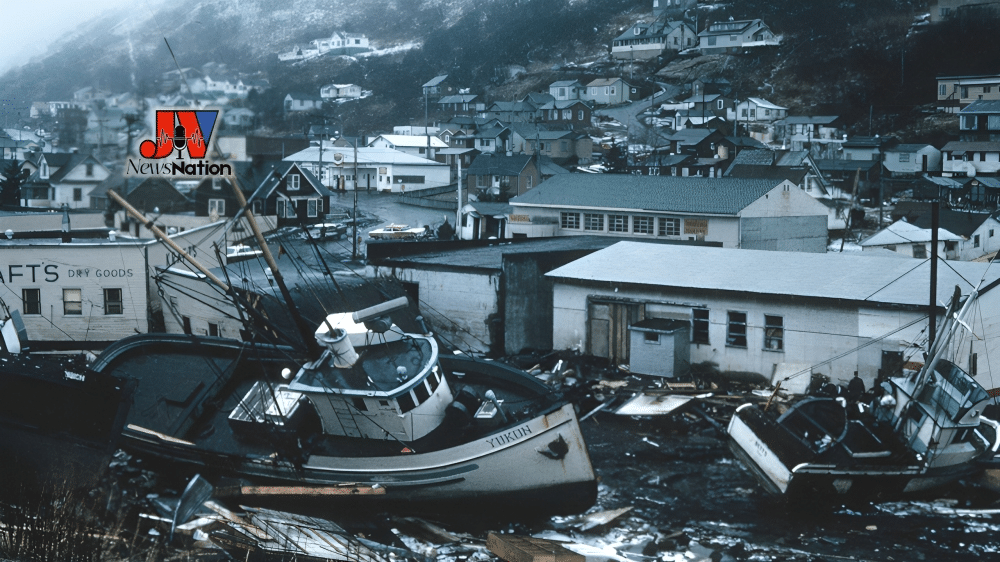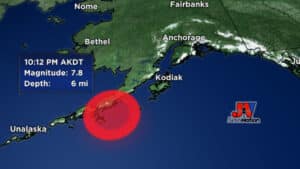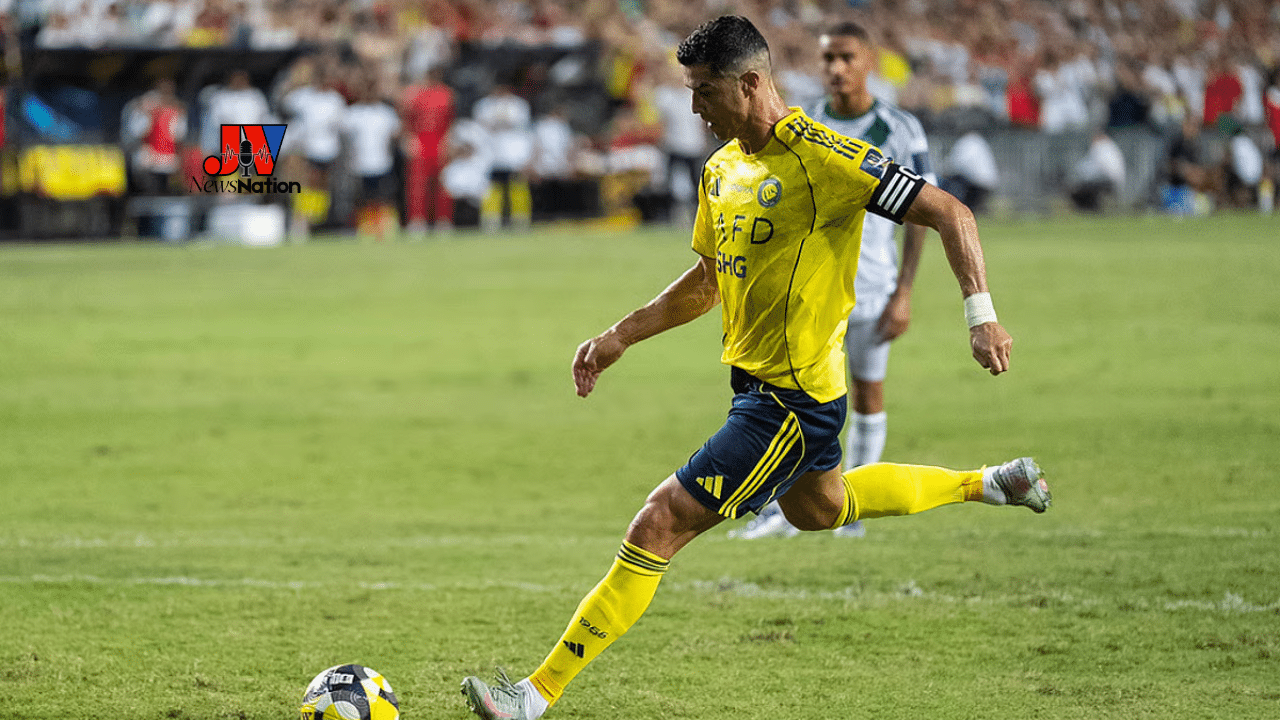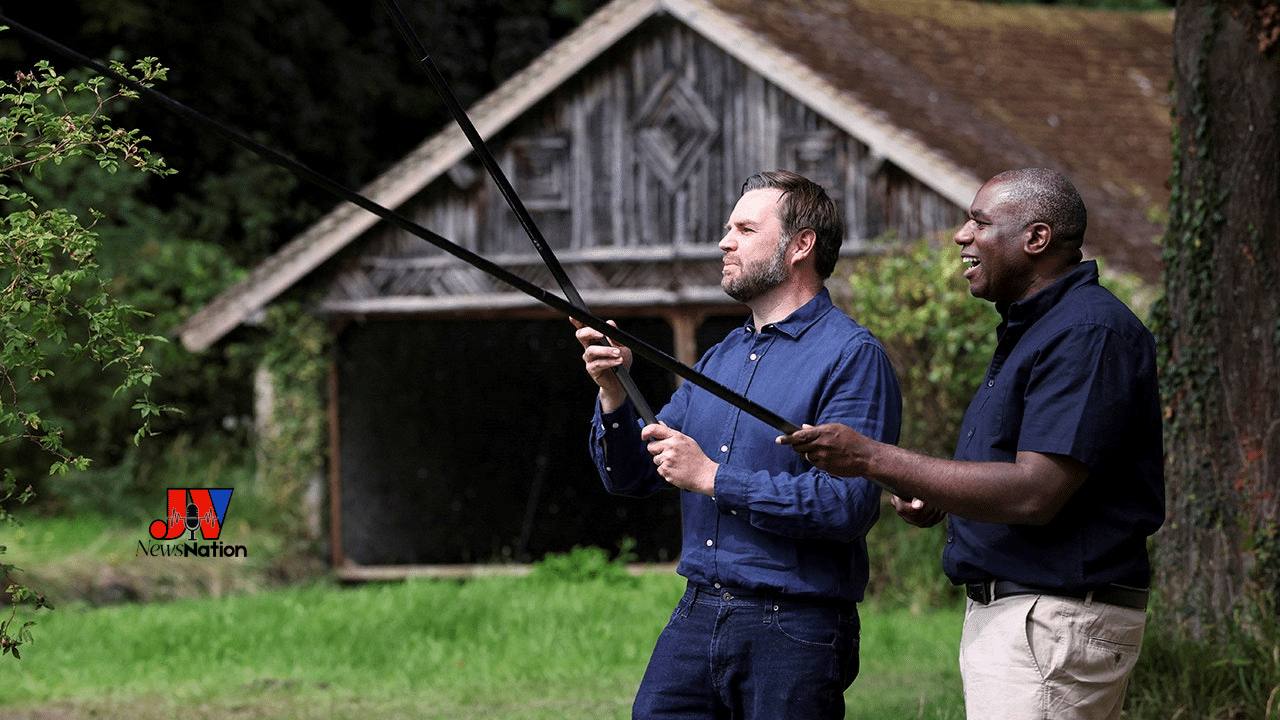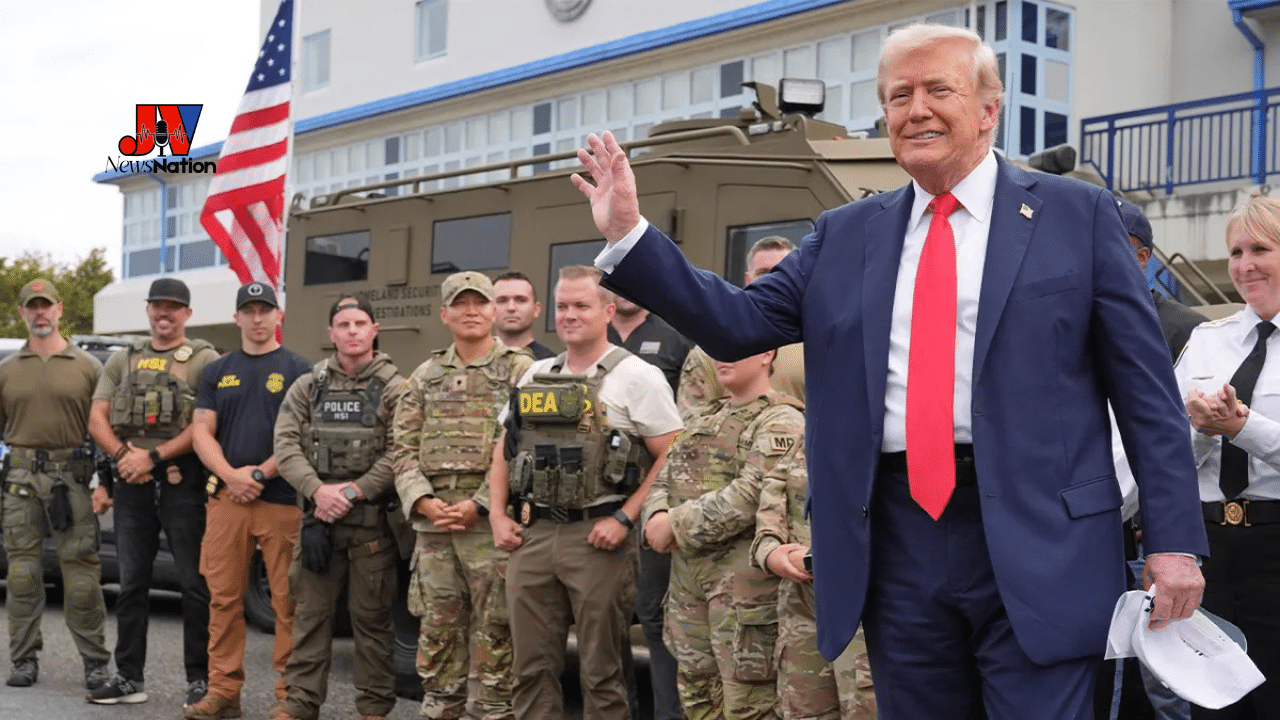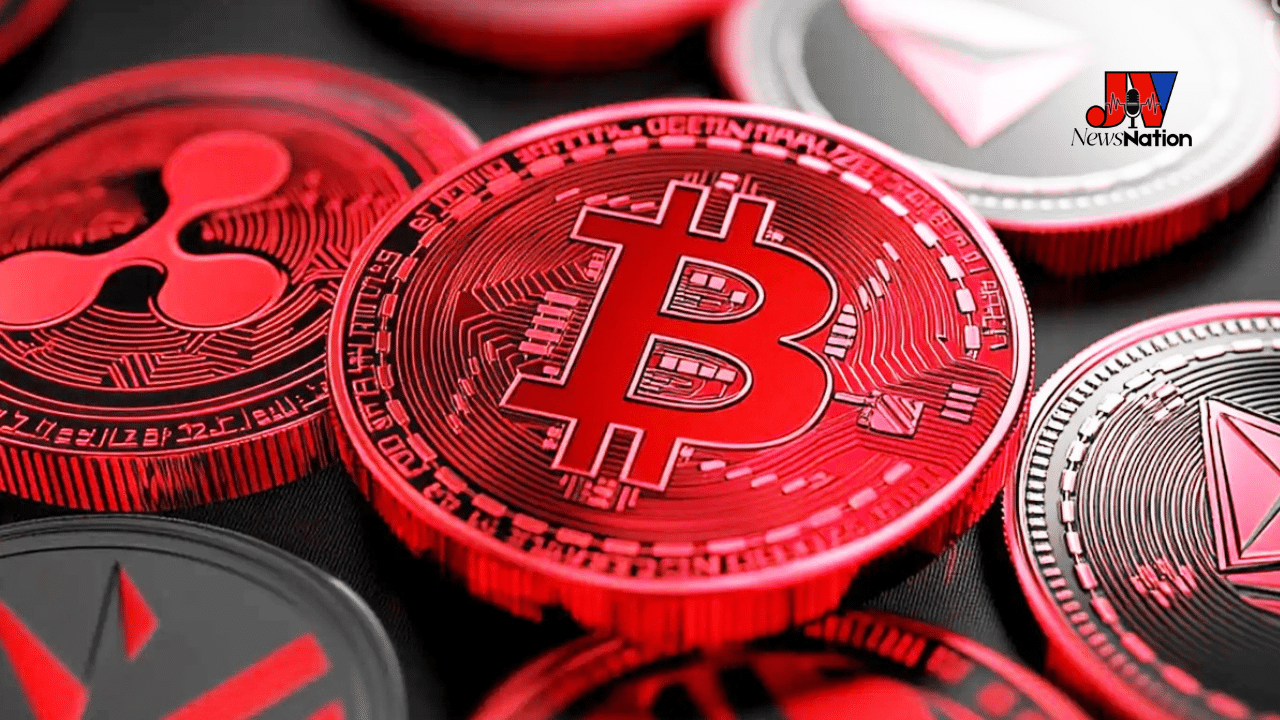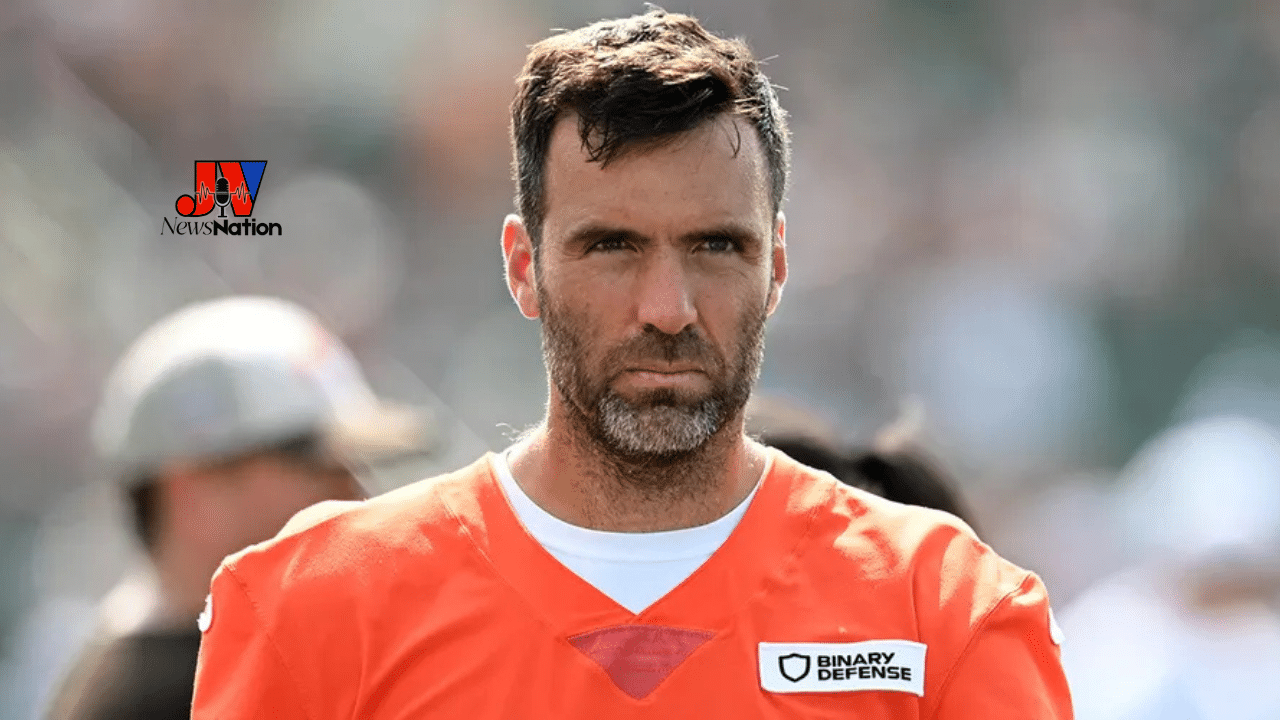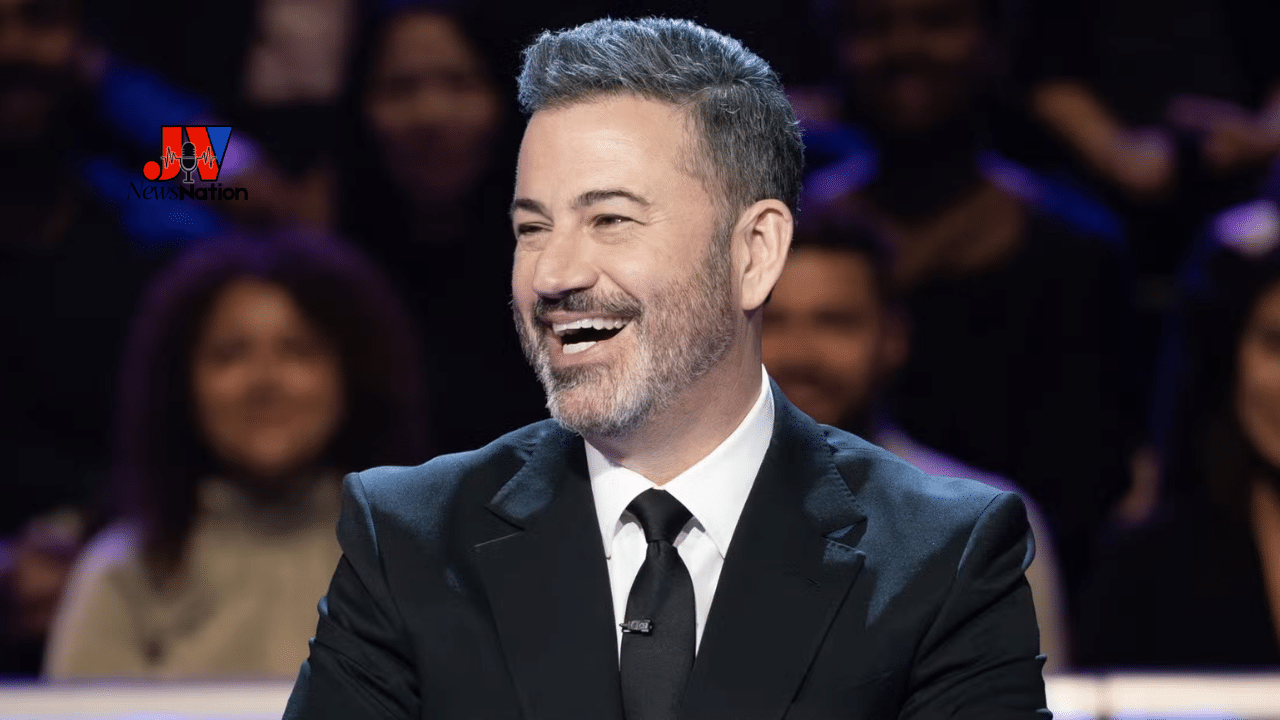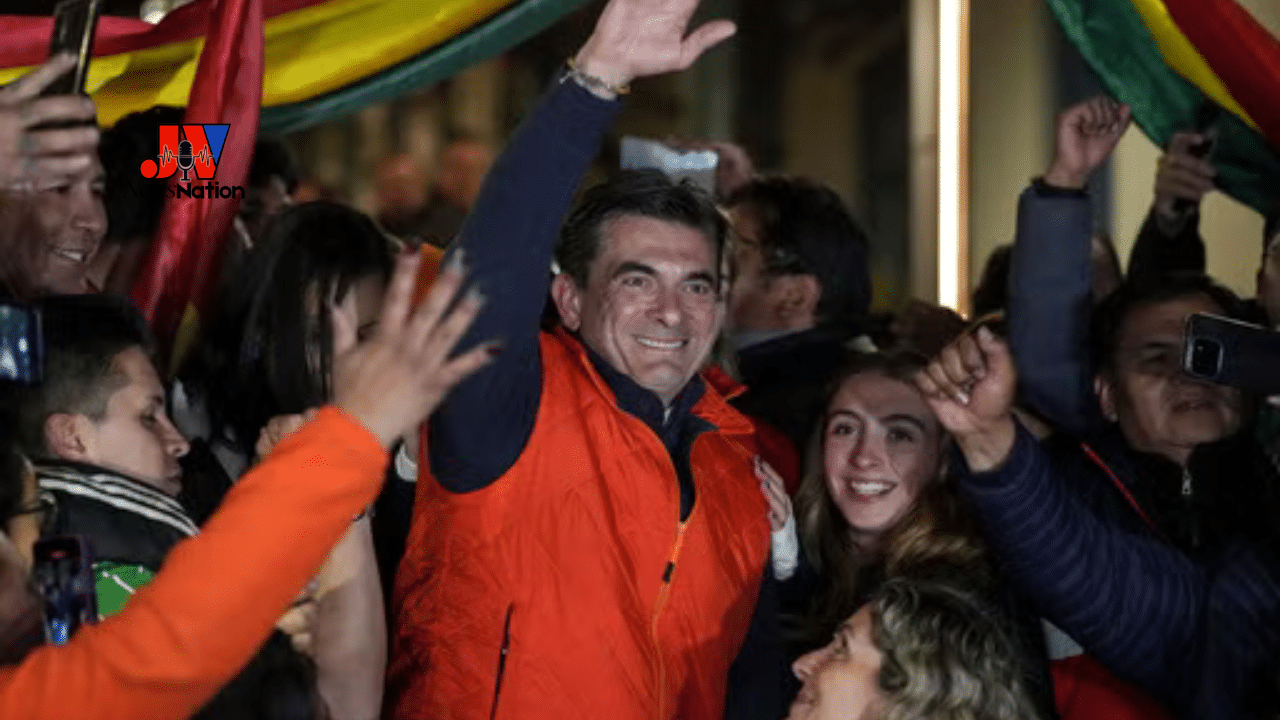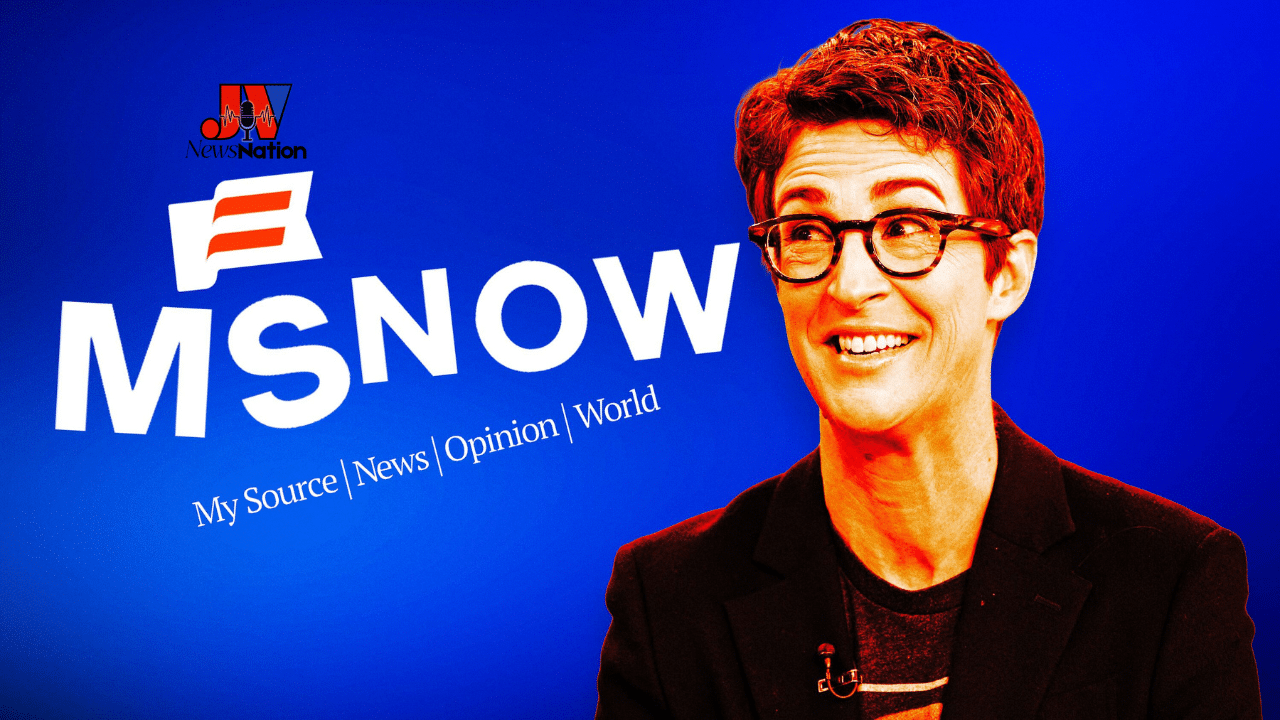Alaska 2025 Tsunami Scare: The Real Story You Need to Hear
By JV Charles, Senior Editor at JV News Nation
Hey, folks, it’s JV Charles here, your go-to guy at JV News Nation, where we cut through the media fog to deliver news you can actually trust. On July 16, 2025, a bone-rattling earthquake alaska tsunami warning center shook up the Alaska Peninsula, and for a tense couple of hours, folks were bracing for a big one. As a proud conservative outlet standing firm with Trump’s America-first values, we’re diving into the nitty-gritty of this alaska tsunami warning today, what it means for Alaskans, and how it ties to the west coast alaska tsunami warning center. No hype, no spin—just the truth, served up straight.
Key Takeaways
- A 7.3-magnitude quake hit 55 miles south of Sand Point, Alaska, on July 16, 2025, kicking off a alaska tsunami alert that had everyone on edge.
- The alaska tsunami warning center jumped into action, issuing a warning that was later dialed back to an advisory and canceled by 6:45 p.m. ET.
- The alaska tsunami wave height was a puny 0.2 feet at Sand Point—nothing like the monster alaska tsunami 1964 wave height of 219 feet in Valdez.
- That wild alaska tsunami july 1958 video from Lituya Bay reminds us why we can’t take these warnings lightly.
- No damage, no injuries—proof that preparation and faith in our systems can save the day.
When the Earth Roared: The July 16, 2025 Quake
Imagine you’re sipping coffee in Kodiak, and suddenly the ground starts bucking like a wild horse. That’s what happened at 12:38 p.m. AKDT on July 16, when a 7.3-magnitude earthquake struck 55 miles south of Sand Point, Alaska, about 12.5 miles underground. The alaska tsunami warning center didn’t mess around—they blasted out a alaska tsunami warning for places like Kodiak Island, Chignik, and Cold Bay, telling folks to hightail it to higher ground or climb to the top of a solid building. I’ve been through a few quakes myself, and let me tell you, it’s like the earth’s telling you who’s boss.
By 1:30 p.m., NOAA’s buoys clocked a tiny tsunami—just a alaska tsunami wave height of 0.2 feet, barely enough to wet your sneakers. The warning got bumped down to an advisory by 2:00 p.m., and by 6:45 p.m. ET, it was all over. No wrecked homes, no lost lives. But those first moments? Pure adrenaline. X was buzzing with folks like Sarah from Kodiak posting, “Sirens scared me half to death, but I’m thankful they worked.”
Why Alaska’s Always on Edge
Alaska’s like the Wild West of earthquakes, sitting on the Pacific Ring of Fire where tectonic plates clash like titans. A buddy of mine, a geologist named Mike, likes to say, “Alaska gets more quakes than a dog’s got fleas.” He’s not wrong—four out of five U.S. earthquakes hit here, thanks to the Alaska-Aleutian subduction zone. That’s the same fault line that unleashed the alaska tsunami 1964 wave height of 219 feet in Valdez after a 9.2-magnitude beast—the kind of event that makes you respect Mother Nature.
Ghosts of Tsunamis Past: 1964 and 1958
Let’s talk about 1964 for a second. On March 27, a 9.2-magnitude earthquake—the second biggest ever recorded—ripped through Alaska, sending tsunami waves crashing with a alaska tsunami 1964 wave height of 219 feet in Valdez. It took 139 lives from Alaska to California and left towns looking like war zones. Then there’s the alaska tsunami july 1958 video, which I swear gives me chills every time I watch it. An 8.3-magnitude quake triggered a landslide in Lituya Bay, sending a 1,720-foot wave—the tallest ever recorded—smashing through the fjord. These aren’t just stories; they’re why every alaska tsunami alert makes your heart skip a beat.
The Alaska Tsunami Warning Center: Our Watchdog
The alaska tsunami warning center in Palmer, Alaska, is like the shepherd keeping the wolves at bay. Run by NOAA, it’s got folks glued to screens, tracking quakes and ocean ripples in real-time. On July 16, 2025, they had that alaska tsunami warning out faster than you can say “evacuate.” I saw an X post from a guy named Jake saying, “Those NOAA folks are heroes—gave us time to get safe.” The west coast alaska tsunami warning center, part of the Pacific Tsunami Warning Center, keeps watch over Hawaii, Guam, and even the Caribbean, making sure no one’s caught off guard.
Protecting More Than Just Alaska
The alaska tsunami warning center has Alaska and Canada covered, but the west coast alaska tsunami warning center casts a wider net, looking out for places like Hawaii and American Samoa. The 2025 quake didn’t threaten California or British Columbia, thank goodness, but these centers are built to track waves that can cross oceans. Back in 1946, an Alaska tsunami leveled parts of Hilo, Hawaii, proving why this teamwork matters. It’s about keeping all Americans safe, no matter where they call home.
Putting Alaska Tsunami Wave Height in Perspective
Here’s how the alaska tsunami wave height stacks up:
- 1964 Great Alaska Earthquake: Waves hit alaska tsunami 1964 wave height of 219 feet in Valdez and 27 feet in Crescent City, California. Pure destruction.
- 1958 Lituya Bay Tsunami: A mind-boggling 1,720 feet, as seen in that alaska tsunami july 1958 video that’s still making jaws drop on X.
- 2025 Sand Point Quake: A measly 0.2 feet. More of a puddle than a wave, thanks to quick action.
Why JV News Nation Is Your Go-To for Alaska Tsunami Warning Today
At JV News Nation, we’re not here to sell you a bill of goods. I’ve been chasing stories for over 20 years, from blizzards to political battles, and I’ve learned one thing: the truth is all that matters. We’re a conservative crew, proud to back President Trump’s fight for American values, and we don’t trust the mainstream media to shoot straight. When it comes to the alaska tsunami warning today, we’re digging through NOAA reports, X posts, and local chatter to give you the unfiltered scoop. No fearmongering, just facts to keep you ready.
What to Do When an Alaska Tsunami Alert Hits
If you hear a alaska tsunami warning, don’t freeze:
- Run for High Ground: Get inland or uphill fast. If you’re stuck, head to the top floor of a strong building.
- Stay Away from the Shore: Even tiny waves can hide killer currents, so don’t go sightseeing.
- Keep Listening: Tune into NOAA’s Tsunami.gov or a local radio for updates from the alaska tsunami warning center.
- Gear Up: Stash an emergency kit with water, snacks, a flashlight, and a radio. Be ready for anything.
FAQs About the Alaska Tsunami Warning Today
What sparked the Alaska Tsunami Warning on July 16, 2025?
A 7.3-magnitude quake 55 miles south of Sand Point got the alaska tsunami warning center moving fast. The warning was later downgraded and canceled.
How big was the Alaska Tsunami Wave Height in 2025?
Just 0.2 feet at Sand Point, per NOAA. Barely enough to make a splash.
How does the Alaska Tsunami 1964 Wave Height compare?
The alaska tsunami 1964 wave height hit 219 feet in Valdez—a monster compared to 2025’s 0.2 feet.
What’s up with the Alaska Tsunami July 1958 Video?
It’s footage of a 1,720-foot wave in Lituya Bay, caused by a landslide after an 8.3-magnitude quake. Biggest tsunami ever, still shared on X.
How’s the Alaska Tsunami Warning Center different from the West Coast Alaska Tsunami Warning Center?
The alaska tsunami warning center watches Alaska and Canada, while the west coast alaska tsunami warning center covers Hawaii, Pacific territories, and the Caribbean.

